
Get To Know Tillandsia
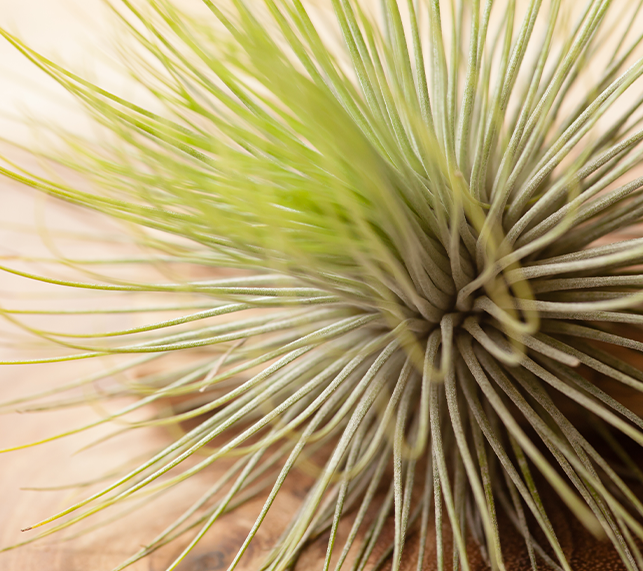
Tillandsia: Your New Favorite Easy-Care Houseplant
Tillandsia, commonly referred to as air plants, are an amazing group of plants that are perfect for beginner houseplant parents. Unlike most plants, air plants do not require soil to thrive, making them truly unique in their growth habits. With their beauty and minimal care needs, these fascinating plants have become popular additions to homes, offices, and even event decorations. Let's explore the wonder of air plants, their care requirements, and some creative ideas for displaying them to enhance your indoor space.
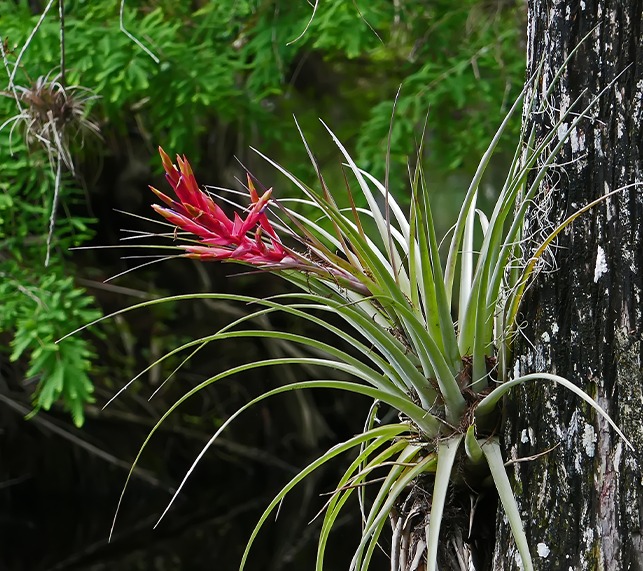
What Are Air Plants?
Air plants are members of the Tillandsia genus, which is part of the Bromeliaceae family. There are over 650 species of Tillandsia, and they are native to diverse regions, from the rainforests of South America to the deserts of the southern United States. What sets air plants apart is their ability to draw nutrients and moisture from the air through specialized trichomes on their leaves, eliminating the need for soil.
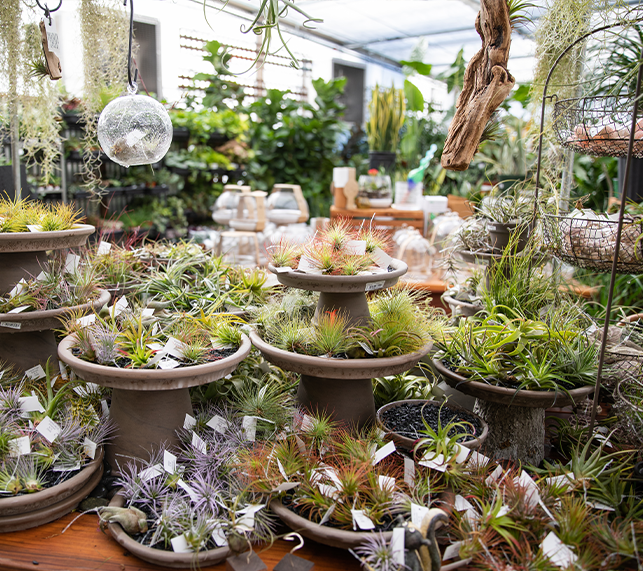
Endless Beauty
One of the most captivating aspects of air plants is their unique appearance. With their wispy, intricate leaves and vibrant colors, they add an artistic touch to any space. We carry a large selection of different air plants, each boasting its own unique look. Many under the right conditions will even produce a small flower.
A few of the varieties we carry: Andreana, Barchycaulos, Bulbosa Guatemala, Spanish Moss, Juncea Red, Tectorum Ecuador, Lonantha
A few of the varieties we carry: Andreana, Barchycaulos, Bulbosa Guatemala, Spanish Moss, Juncea Red, Tectorum Ecuador, Lonantha
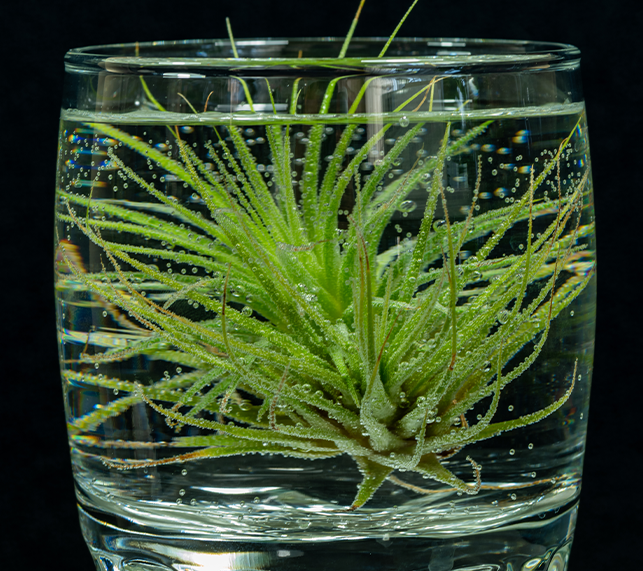
Simple Care for Air Plants
Air plants are celebrated for their low-maintenance nature, but they do require proper care to thrive.
Light: Air plants adore bright, indirect light, making them perfect companions for well-lit spaces like near windows or under skylights.
Watering: The most popular method is the "soak and dry" approach. Simply submerge your air plant in room-temperature water for up to a twelve-hour period. After their refreshing bath, gently shake off any excess water and place them upside down to ensure proper drainage. A soaking like this should be sufficient for up to two weeks in average conditions.
Fertilization: Air plants do not require frequent fertilization. In their natural habitats, they receive essential nutrients from debris and organic matter in the air. To replicate this, use a balanced, water-soluble fertilizer specifically designed for air plants, a 20-10-20 fertilizer is a good option. Apply the fertilizer sparingly, only once a month, during the growing season (typically spring to early fall).
Light: Air plants adore bright, indirect light, making them perfect companions for well-lit spaces like near windows or under skylights.
Watering: The most popular method is the "soak and dry" approach. Simply submerge your air plant in room-temperature water for up to a twelve-hour period. After their refreshing bath, gently shake off any excess water and place them upside down to ensure proper drainage. A soaking like this should be sufficient for up to two weeks in average conditions.
Fertilization: Air plants do not require frequent fertilization. In their natural habitats, they receive essential nutrients from debris and organic matter in the air. To replicate this, use a balanced, water-soluble fertilizer specifically designed for air plants, a 20-10-20 fertilizer is a good option. Apply the fertilizer sparingly, only once a month, during the growing season (typically spring to early fall).
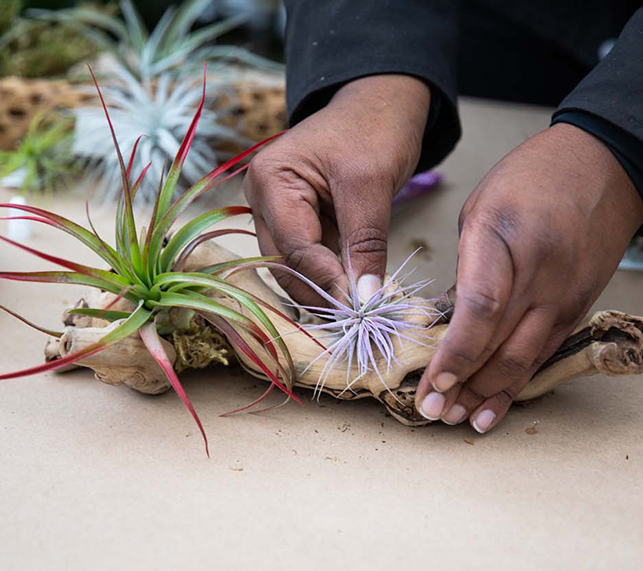
Creative Ways to Display Air Plants
Air plants can be displayed in a variety of ways, thanks to their soil-free requirements, making the possibilities truly endless. Utilizing wood as a mounting material, you can easily attach these plants with just a dab of glue, imitating their natural habitat. Beyond wood, glass terrariums, pottery, and even wreaths provide fantastic alternatives to showcase. Visit our houseplant departments for creative inspiration and supplies to build unique displays.
